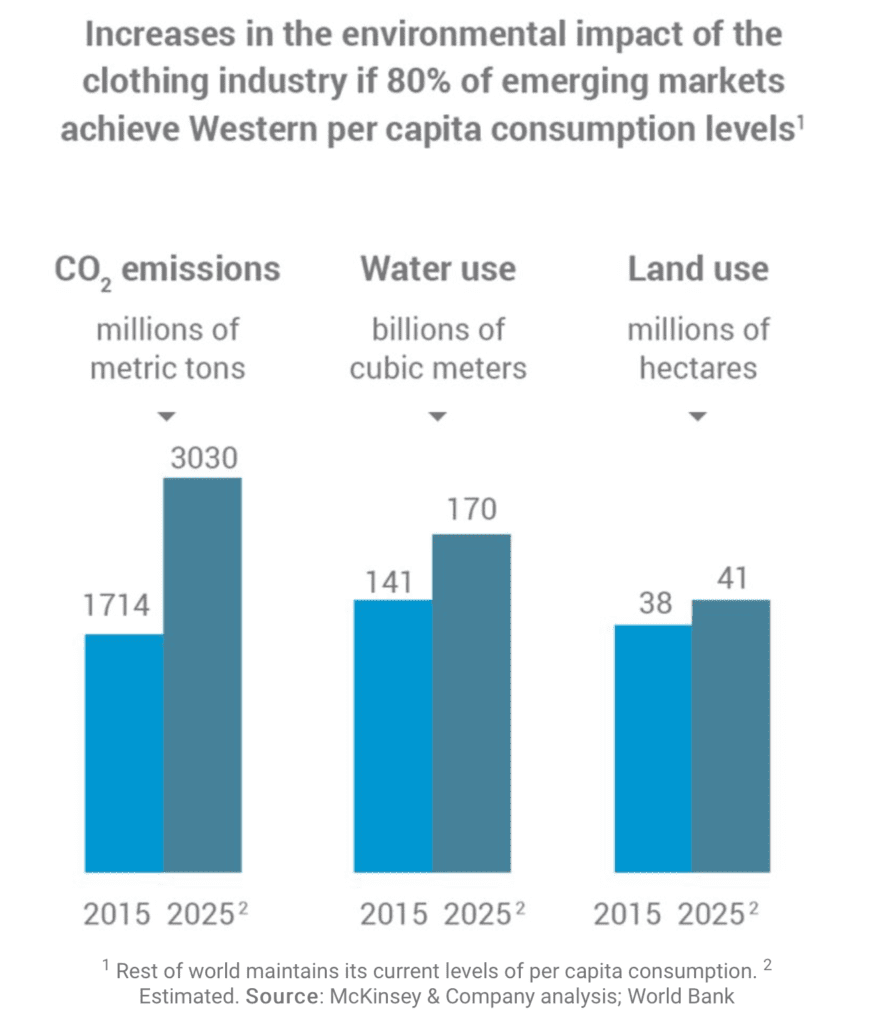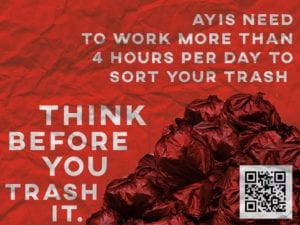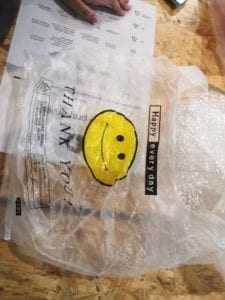Name: Mehr Un Nisa Javed
Date:22nd Oct’2019
Professor: Marcela Godoy
“What you wear is a part of your identity, and identity is, well, pretty darn political.”
Title for the Project: “We love Our Pakistani Clothes”
The inspiration for my midterm project arose from the idea that after organizing my closet, half my possessions lie stacked on the floor like a molehill and the only question on my mind is: what do I do with this pile of unwanted clothes?. Therefore, this time around I decided I needed to branch out to other alternatives. From the previous weeks readings I found out the worst truth that is PLASTIC is choking the sea animals and polluting the oceans/seas entirely. This had been pretty disturbing for me from a long time therefore, I had made up from the very beginning to be a change maker.
Thus, I realized that I am not the only one but typically most of us in Pakistan almost do the same thing and that is stacking up our closets and not moving towards sustainable ways. Thus, I tried to take a initiative of making a Pakistani styled shirt which would set an inspiration for the fellow Pakistani artists and designers because no such thing as making clothes out of TRASH has been developed yet in Pakistan.
Materials I used: These are based on the trash which is produced most in Pakistan.
Plastic Sac because we have these sacs a lot in Pakistan because it is an agrarian economy and we used these sacs for potatoes and other vegetables. Thus, I have seen these sacs all my life.
Plastic tape
Plastic Bag and its handle
paper/plastic mix materials for Pakistani styled dupatta
trashed embroidery
sewing machine
needles
Then, I did more research on this and the need to build up this project and I found out that;
The industry, driven by fast fashion, has steadily become one of the most serious polluters in the world. Clothing manufacture was never exactly tidy, what with toxic dyes, copious amounts of water needed for growing fiber and processing fabrics, and waste from factories. But in 2015, carbon emissions from clothes surpassed those emitted from all international flights and all maritime shipping combined. Cotton, for example, uses more pesticides than any other crop—and organic cotton takes up more land and much more water than conventionally grown cotton. At the same time, clothes are worn for less time than they ever have been previously. Every year, 12.7 million tons of textiles enter American landfills; in 2015 in the UK, 300,000 tons of clothes went in, about ten pounds per person. Giving old clothes to charity isn’t the charitable act you might think it is—many of the clothes made today are of such poor quality that they cannot be sold again.










